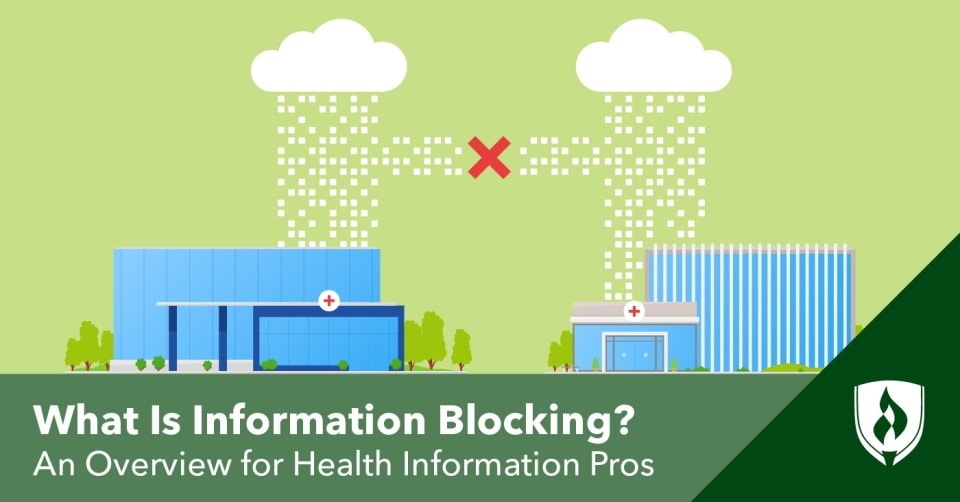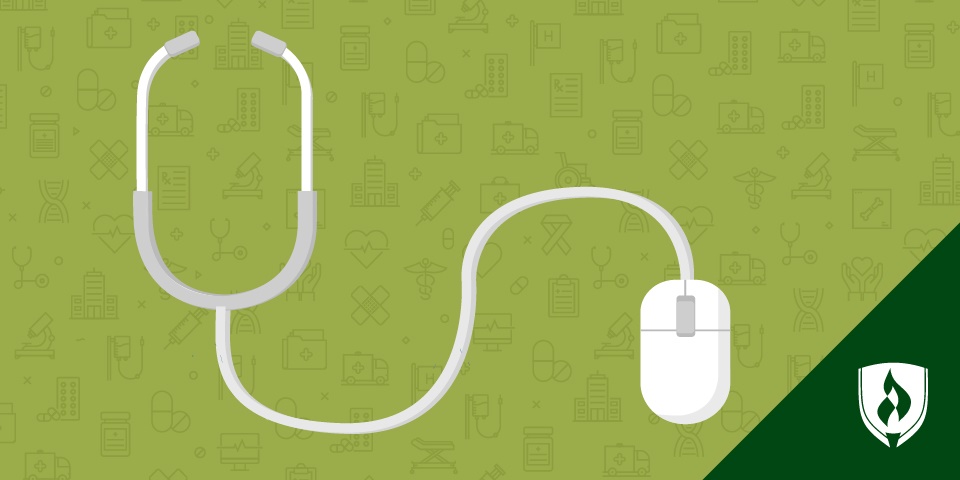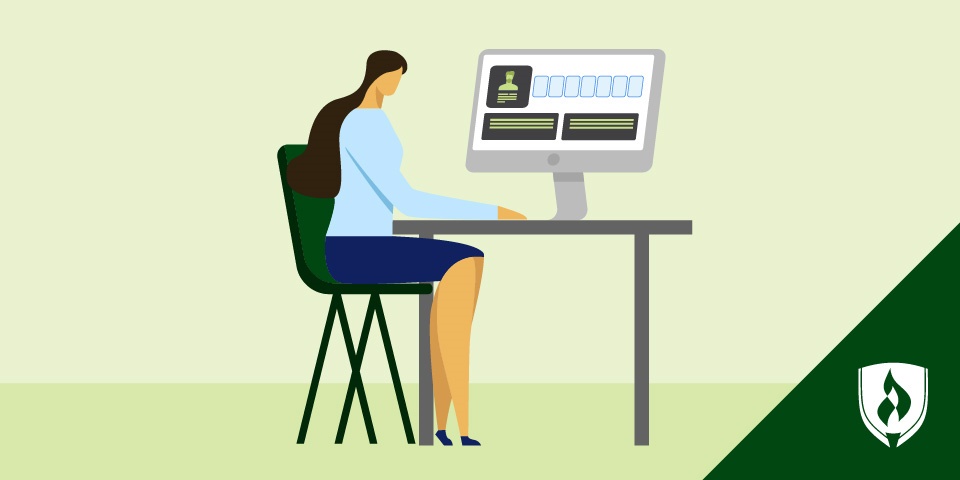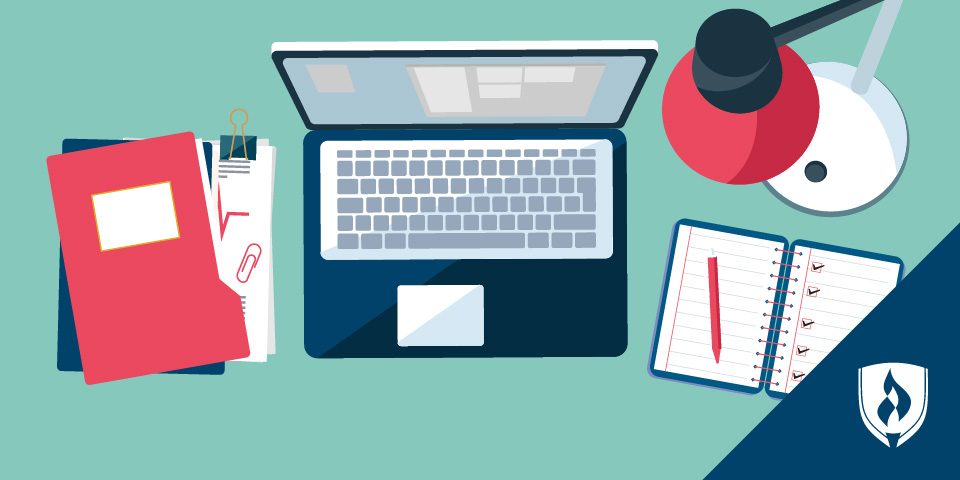What Is Information Blocking? An Overview for Health Information Professionals
By Jordan Jantz on 11/28/2022

The world of healthcare is full of technical terminology and laws that all healthcare professionals need to know. These laws are designed to protect patients, regulate insurance providers and much more.
The 21st Century Cures Act, passed in 2016, is one important piece of legislation that all health information professionals need to understand. Among other things, this act outlaws information blocking. And the penalties for information blocking can be quite severe, making understanding the Cures Act imperative for health information workers.
So, what is information blocking? What are the exceptions? And why does all this matter for health information professionals?
Keep reading to find out everything you need to know about information blocking.
What is information blocking in healthcare?
Information blocking is when someone working in healthcare, including healthcare providers or even healthcare IT workers, blocks access to electronic health information (EHI). Not only does preventing access constitute healthcare blocking, but preventing or substantially deterring the exchange or use of EHI is also considered information blocking.
Information blocking can take on a variety of forms, whether it’s via poor EHI system design or a healthcare worker refusing to release information.
The Cures Act and the Cures Act Final Rule—issued by The Office of the National Coordinator for Health Information Technology (ONC) to provide clarity on the Cures Act—exist to ensure that the healthcare industry can run smoothly.
These legislative documents also intend to ensure that patients have access to their medical information, as well as others who are authorized and need to have access to this information. For instance, if a patient changes hospitals, their EHI needs to be made available to their new hospital.
Exceptions to information blocking
More recently, the 2020 Cures Act Final Rule created eight exceptions to information blocking. Even with the importance of the free flow of information to make healthcare more efficient, there are legal reasons to limit access to EHI for important and legitimate purposes.
For instance, healthcare providers can limit access to healthcare information to prevent harm or protect people’s privacy. Information blocking can also be done to protect the security of healthcare information. Similarly, healthcare IT workers can limit access to healthcare information if needed to perform IT maintenance.
From a business perspective, someone who maintains or creates electronic healthcare information databases or systems can license and charge reasonable fees to use these systems.
Under certain circumstances, health industry workers can limit what information they send in response to a request for EHI or how they meet this request (like meeting the request in a slightly different way if they are unable to do so in the exact manner requested).
Finally, there are cases where sharing healthcare information simply isn’t feasible, and in these instances, healthcare employees are not breaking the law by not fulfilling an impossible request for healthcare information.
How does information blocking impact health information workers?
Now that you know what information blocking is and the exceptions, you’ve got a little clarity on how it can impact the healthcare field. But in particular, information blocking directly impacts health information workers.
The Cures Act final rule guidance defines three types of actors (which is essentially legal terminology for types of workers) that the Act applies to:
- Healthcare workers
- Parties who control or administer policy over use of technology or services to use EHI
- People who work in health IT
Health information workers operate at the intersection of all these things. And part of their job is to protect EHI, which is exactly what the Cures Act regulates.
Plus, health information workers use EHI systems every day. As a result, any legislation that affects EHI systems is key for health information workers to understand.
One major way that information blocking impacts health information workers is the penalties for doing so.
Health IT developers can be liable for up to one million dollars for information blocking—for each infraction. With stakes like this, information blocking can have a serious impact on the healthcare industry.
The penalties for healthcare providers are currently more nebulous. Healthcare providers who engage in information blocking will face some sort of disincentive to be established by the U.S. Department of Health and Human Services Secretary.
As a result, health information workers need to understand what exactly constitutes information blocking so they do not accidentally create legal trouble for their employers—and potentially put their own job in jeopardy.
Ready to put this knowledge to use?
What is information blocking? Now you can answer this question that impacts all health information workers. But this is only one topic of many within the career of health information.
The world of health information has so much more to explore, from technical topics like information blocking to career options. To learn more about this field and what opportunities it holds, check out our article “Health Information Career Paths: Exploring Your Potential Options.”




